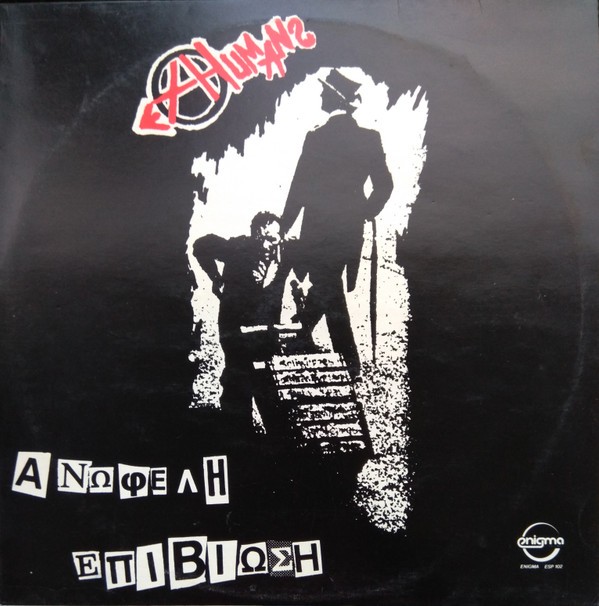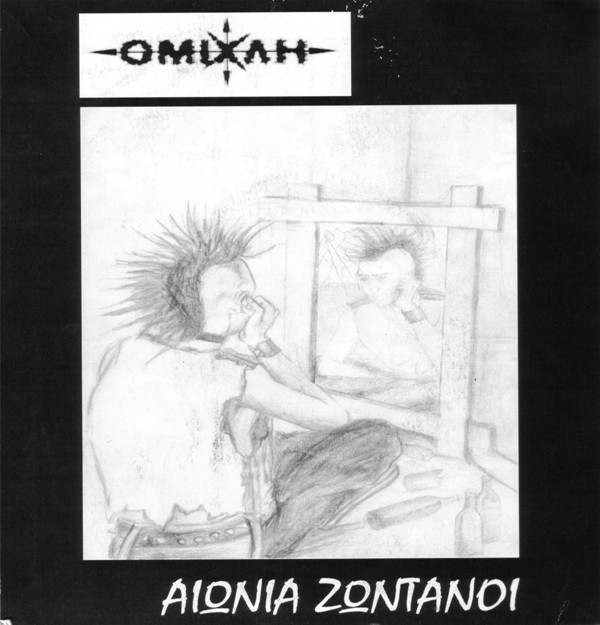
File download is hosted on Megaupload
I really enjoyed John Haldon’s latest survey of the 7th century, The Empire that Would Not Die (Harvard 2016). It navigated a very successful balance between the details of 7th-century political life and the broader economic, environmental, demographic, and diplomatic conditions that structured the later Roman state, and it stands as a valuable complement to his earlier works on this period.
The main geographic focus on the book was Asia Minor and to a lesser extent, the Near East. This makes sense not only because this is where much of the best-known political and military action took place, but also where Haldon’s own archaeological fieldwork focused. It is in his analysis of the events along the Empire’s eastern frontier that be brings the most subtle and nuanced view of the relationship between what is taking place on the ground in terms of settlement, movement of people, the landscape, and urbanism and imperial and church politics. It is in these areas – as well as in the capital – where Haldon can trace the intricate web of social, political, economic, cultural and religious connects that constituted the persistent fabric of the Eastern Roman Empire and preserved it from succumbing to massive external pressures and internal confusion. He does not overlook resistance to the Empire or to Imperial policies in Africa and Italy, for example, and does not overstate the stability of a particular Roman identity across the Empire. Nor does he wade too deeply into the prickly archaeological controversies that have muddled our ability to discern clearly small-scale and local changes that took place over the course of the “long 7th century.” In other words, his analysis of this period and the persistence of the Empire as a political institution avoided the worst of the thickets associated with the study of this period.
He also largely avoided talking about the Balkans and the southern Balkans, in particular. To my mind, Greece offers a particularly intriguing problem for understanding the persistence of Roman rule in the Eastern Mediterranean. Not only was it subject to hostile military attacks and experienced demographic decline and change, but the persistence and extent of Roman military, political, and religious institutions flickered on and off unevenly from the late-6th to 8th century. As readers of this blog by now know, part of the issue is the absence of textual sources for the region and this is compounded by an uneven and complicated archaeological record shaped by a century-long confidence in the catastrophic impact of the so-called “Slavic Invasion.” Late Antique archaeology on Cyprus had the “Arab Raids;” Greece has the Slavs.
At the same time, the 7th century in Greece has seen a remarkable reconsideration over the past decade and the settlement patterns of this region as well as the continued functioning of urban institutions – at least in the coastal zones – is coming into better focus. It is increasingly clear that many rural settlements and structures continued in use from the 6th to the 7th centuries and show signs of adapting to different economic networks and the political and military disruptions of these centuries. Our understanding of the relationship between city and countryside, however, remains subject to decades-old biases that either see the rural areas as dependent on cities (and vice versa) or see urban areas as the tenuous links to Roman authority in the region. If the Roman state persisted in urban areas, then the links between town and country outline the structures through which the Empire endured in the southern Balkans and perhaps preserve evidence for the changes in structures over time that provided the Empire with the adaptability to survive the disruptions of this era.
Do check out Hugh Jeffery’s review of the book here, and, if you want, my earlier comments here.







































